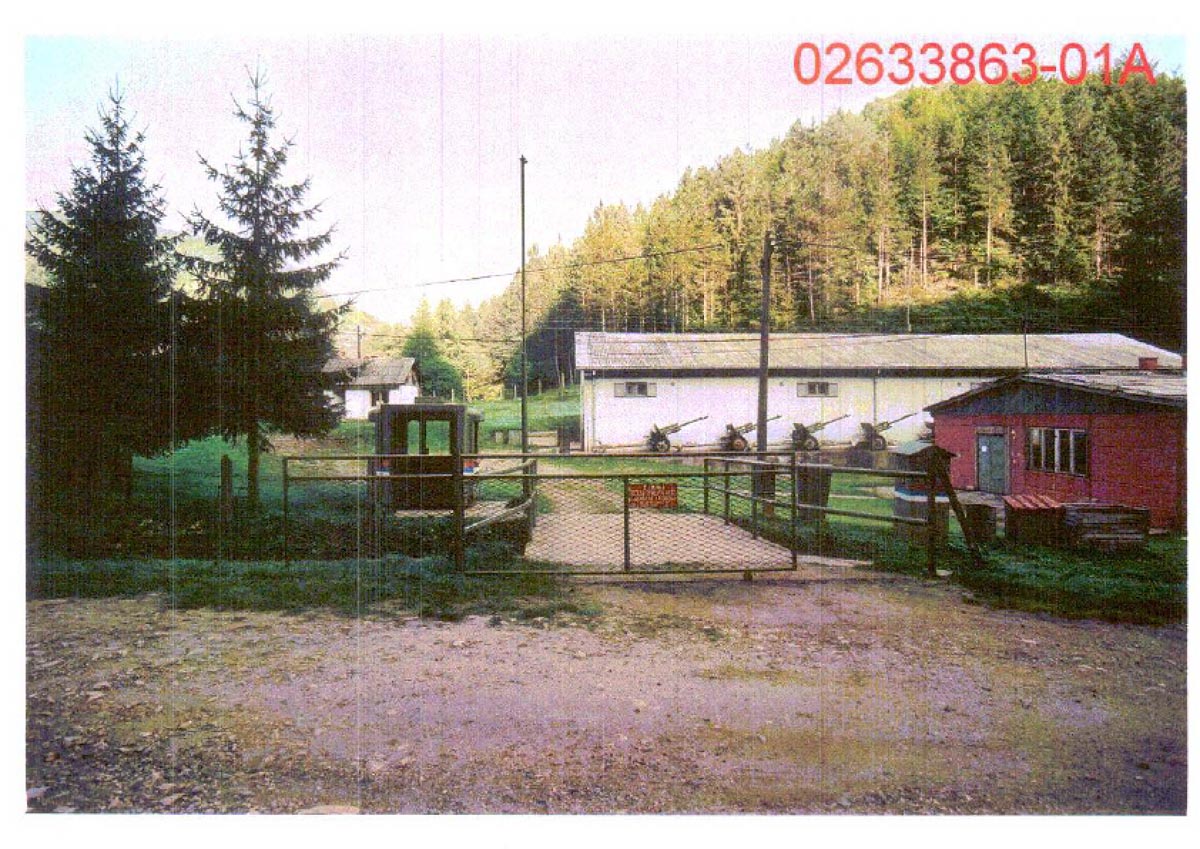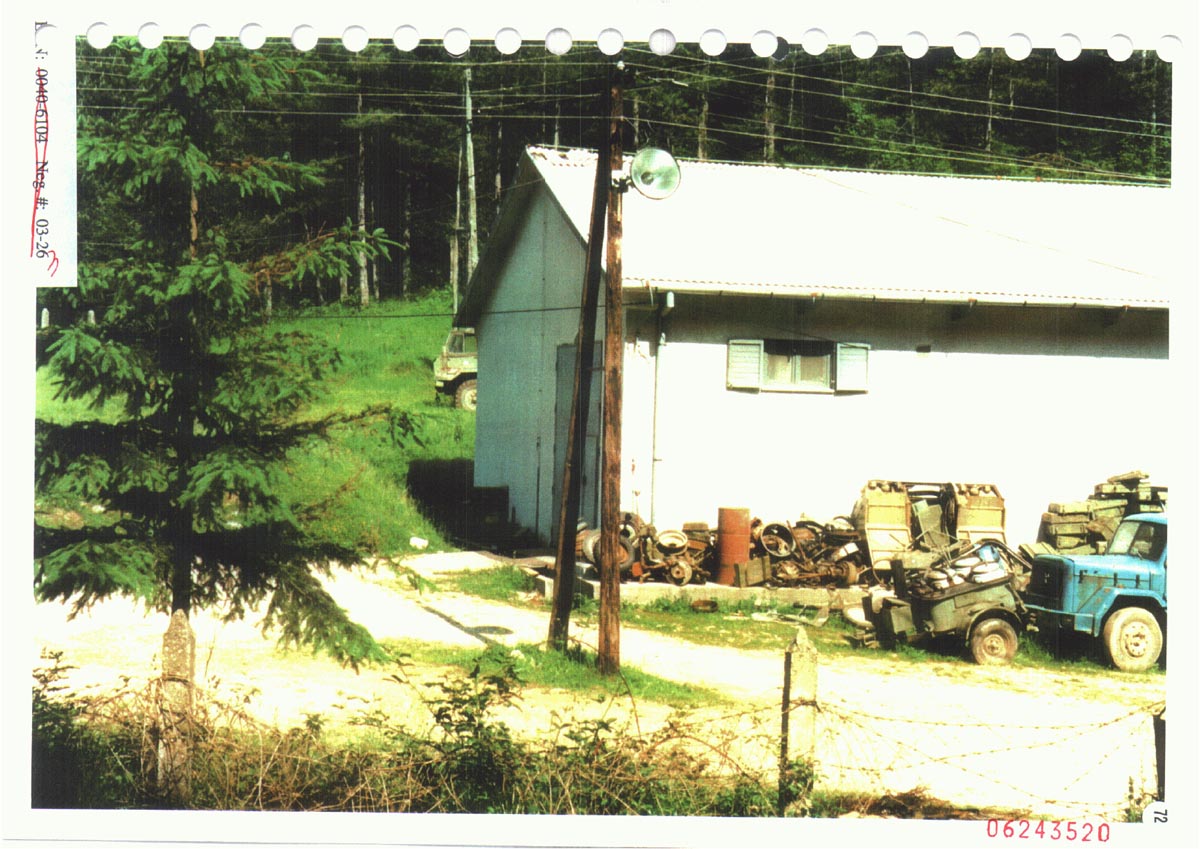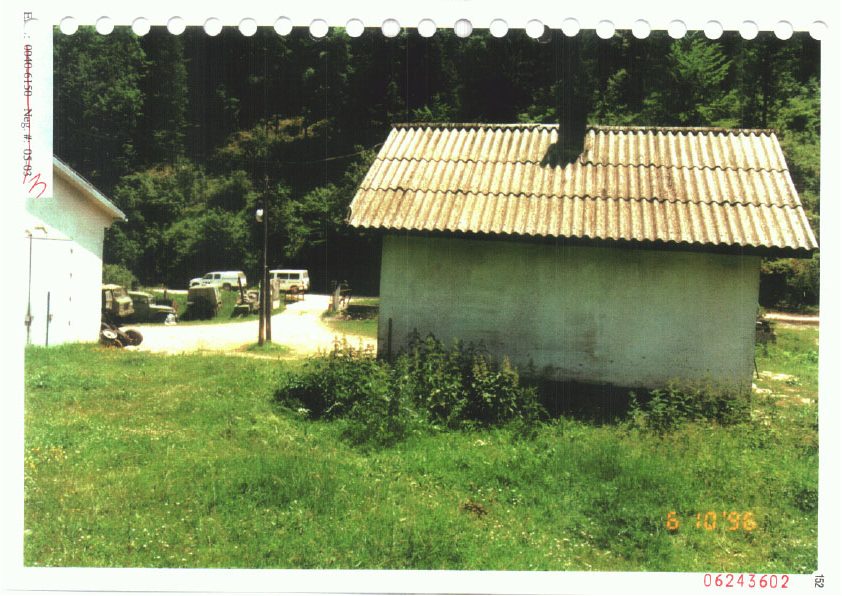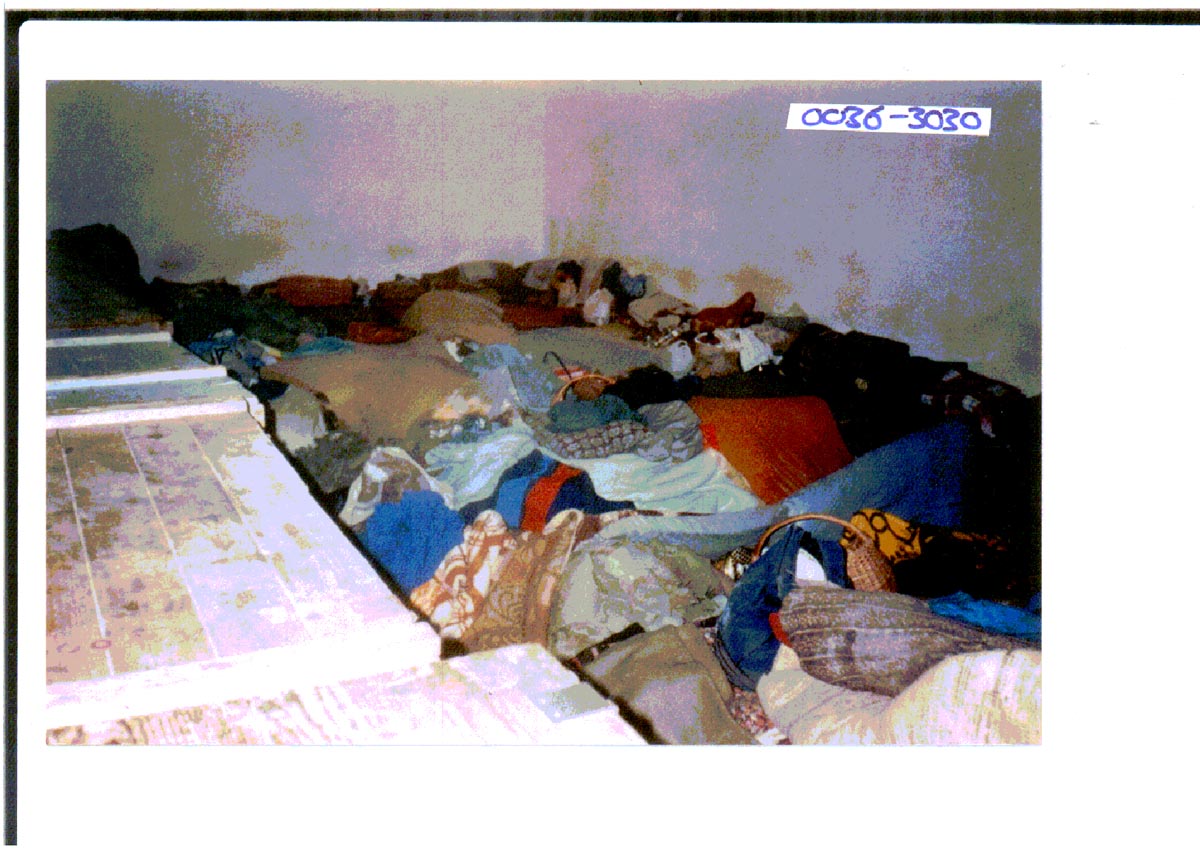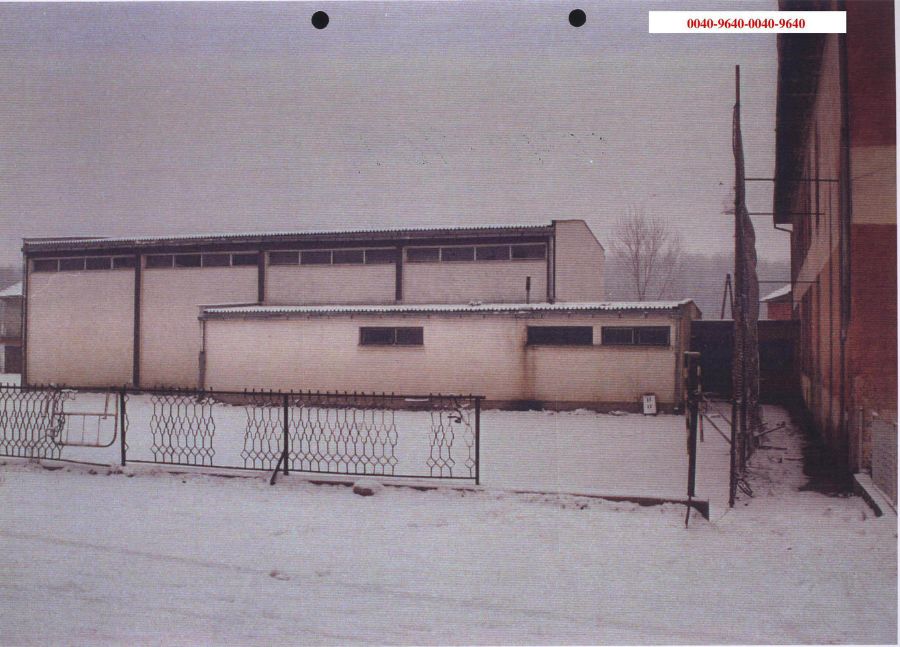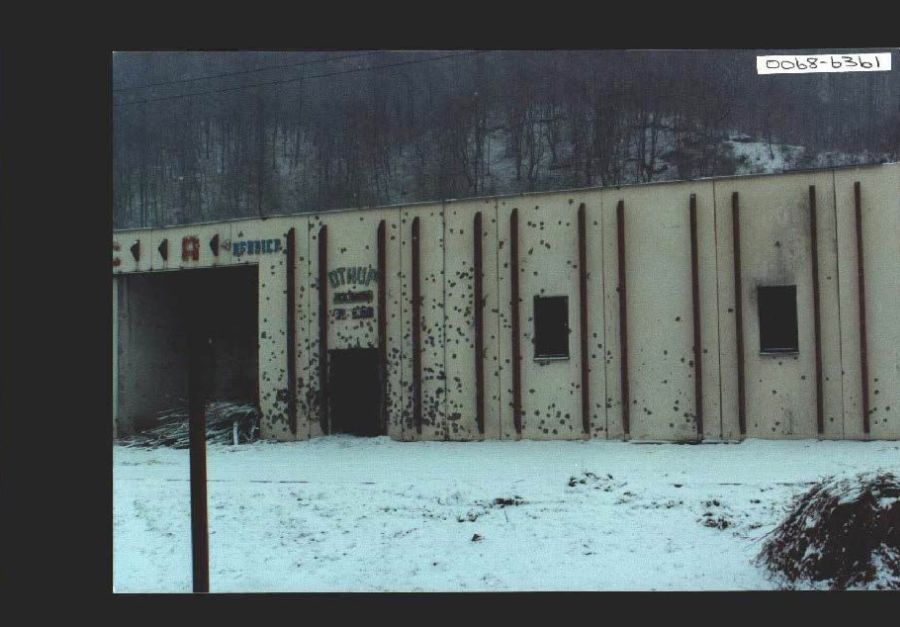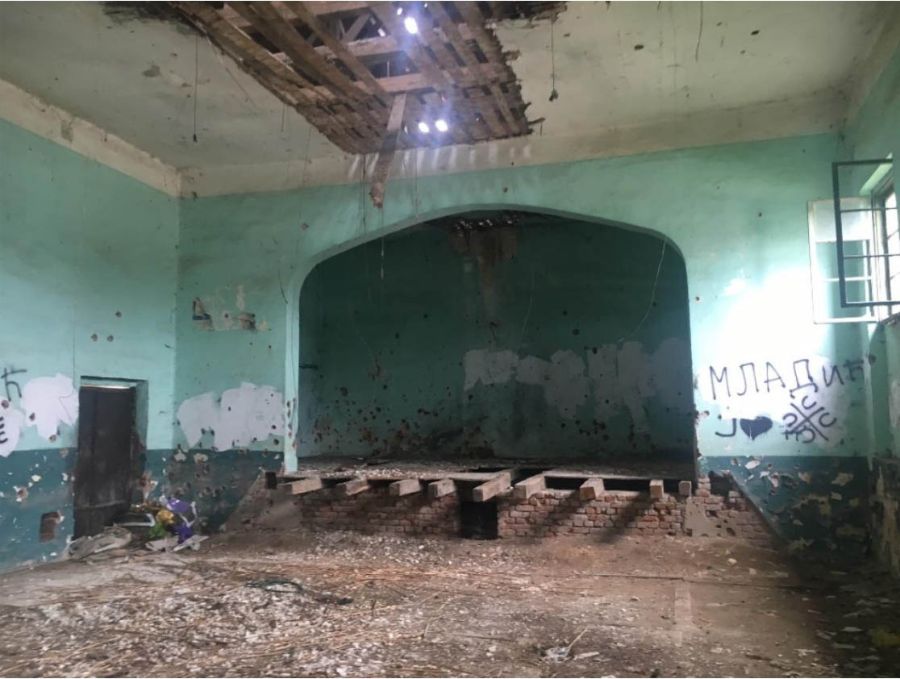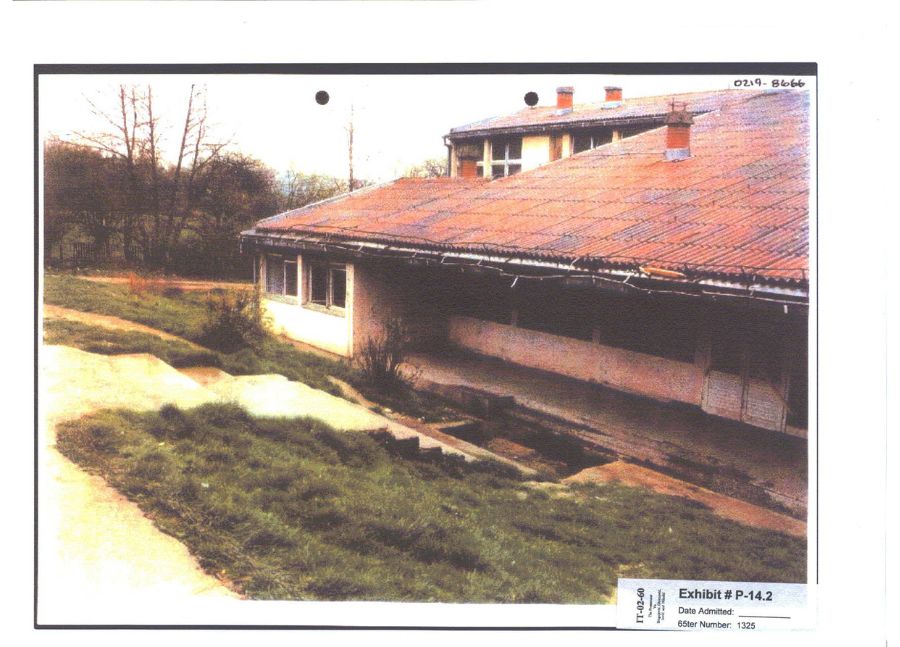
Svetozar Andrić
“The Chamber does not consider that Andrić’s evidence as to the reason why the Bosnian Muslim population was moved out and that their departure was voluntary to be reliable. In reaching that conclusion the Chamber noted that during his testimony he had an interest in minimising his own involvement in events in Zvornik and that his evidence was marked by contradictions and evasiveness and indicators of lack of sincerity in this regard.”

Birač Brigade
The First Birač Infantry Brigade (hereinafter Birač Brigade) was formed in mid-May 1992, with the transformation of the 336th Motorised Brigade of the 17th Corps of the Yugoslav People’s Army (JNA). The initial name of the brigade was the “Birač” Brigade Command. Until November 1992, the Birač Brigade was part of the East Bosnian Corps (IBK) of the VRS. The command post of the Birač Brigade during the war was in Šekovići, which is why it is also called the Šekovići Brigade.
In the zone of responsibility of the Birač Brigade at its formation, there were the municipalities of Zvornik, Kalesija, Šekovići, Vlasenica, and Bratunac, and the newly formed municipalities of Milići and Skelane. The brigade consisted of about 12000 members, who were divided into ten infantry battalions and other smaller units.


In November 1992, the Main Staff of the VRS formed the new Drina corps from parts of the IBK, the Sarajevo-Romania Corps and the Herzegovina Corps. Colonel Milenko Živanović was appointed Commander. The Birač Brigade was “the base for the formation of the Drina corps“.
From January 1993 onwards, after several battalions from the Birač Brigade were transformed into brigades, the territories of the municipalities of Kalesija and Šekovići, as well as parts of the municipality of Kladanj, remained in the area of responsibility under Andrić’s command. As regards the size of the brigade, it contained approximately 3600 members.
SAO Birač
In accordance with the SDS Instruction for the Organisation and Activity of the Organs of the Serbian People in Bosnia and Herzegovina, assemblies of the Serbian people at the local level were formed in the Birač region. In November 1991, the Serbian Autonomous Region of Birač (SAO Birač) was established by the Assembly of the Municipality of Šekovići, which consisted of the municipalities of Šekovići and Vlasenica, as well as parts of the municipalities of Zvornik, Kladanj, Bratunac, Srebrenica, Živinice and Kalesija.

Decisions made in the following period by the executive body of SAO Birač, on the basis of which Svetozar Andrić issued orders, resulted in the expulsion and imprisonment of thousands of Bosnian Muslims from these areas.
Attacks on settlements from the Birač area
The Birač brigade had the task of establishing and maintaining control over the municipalities in the area of responsibility of the brigade, and enabling the authorities to function.
From mid-May 1992, members of the Birač Brigade, under the command of Major Svetozar Andrić, participated in armed attacks on, and expulsions and detentions of the Muslim population from the Birač region.
Selection of Documents
By the end of September 1992, members of the Birač Brigade, in cooperation with other military and police units, occupied and controlled 70% of the territory of SAO Birač, from where they expelled almost the entire Muslim population.
Kalesija
The Osmaci 1st Infantry Battalion of the Birač Brigade, under the command of Captain Vlastimir Bećarević, as well as several paramilitary units, including the “Yellow Wasps”, “White Eagles” and “Sima’s Chetniks”, were stationed in the territory of the municipality of Kalesija.
On 26 May 1992, Svetozar Andrić issued an order to Commander Bećarević to evacuate the women and children from “Muslim villages of Kalesija and Gračanica”, and to detain the men.
A day later, on 27 May 1992, members of the Osmaci 1st Infantry Battalion carried out an armed attack on the village of Šeher and the hamlet of Like. In the presence of Svetozar Andrić, the soldiers forced the villagers to leave their homes, gathering them together and separating the men from the women and children. The women, children and elderly were forced by the soldiers to board trucks, and were then driven to the part of the municipality of Kalesija under the control of the Army of BiH.
The men captured in Šeher and Like were imprisoned by members of the army in several detention facilities in the towns of Osmaci and Papraća. At the end of May 1992, they were transferred to the hall at the high school in Vlasenica, and then to the “Sušica” camp.


In addition to Šeher and Like, the units under the command of Svetozar Andrić occupied Memići, Bulatovci, Staro selo, Hemlijaši, Mahala, Hajvaze, Caparde, Kusonje, Odžaci, Drvenica, Jelovo brdo and Gojčin.
Zvornik
The municipality of Zvornik was in the area of responsibility of the Birač Brigade until the formation of the Zvornik Brigade on 2 June 1992. The 6th Infantry Battalion and one armoured battalion of the Birač Brigade, as well as the Zvornik Territorial Defence (TO) units, were deployed in this area.
Although the Zvornik TO units did not officially join the Birač Brigade, Svetozar Andrić also sent orders for combat operations to the Zvornik TO command.
On 28 May 1992, Svetozar Andrić ordered the Zvornik TO to organize the expulsion of the Muslim population from the municipality of Zvornik.
After this order, Serbian forces intensified the detention and expulsion of the Muslim population from Zvornik, and this continued even after the municipality of Zvornik left the area of responsibility of the Birač Brigade.
About 7,000 women, children and elderly people were expelled from Divič, Kostijerevo, Klisa and Kozluk, while the men were imprisoned in detention facilities, where members of the police, military and paramilitary units abused, mistreated, maimed, starved and killed many of them.



Vlasenica
Starting in May 1992, 4th Infantry Vlasenica of the Birač Brigade, the Special Police Platoon under the command of Miroslav Mića and members of the Public Security Station (SJB) Vlasenica carried out armed attacks on places in the Vlasenica municipality where Bosnian Muslims were the majority.
The attacks were carried out according to the same pattern. Members of the Birač Brigade and the SJB Vlasenica began by calling on Bosnian Muslims via the loudspeaker system to surrender their weapons. Shortly after disarming the population, the infantry would raid the villages, accompanied by armoured vehicles, ransacking the houses, and separating the men from the women and children. Houses and property were burned, and civilians were then taken to detention facilities or deported to territories under the control of the Army of BiH.

Early in the morning of 2 June 1992, a group of armed soldiers, accompanied by an armoured tank with a machine gun, invaded Drum. The soldiers immediately started firing randomly, and then broke into yards and houses, from where they forcibly dragged out the villagers. The men were killed on the spot with firearms. At least 20 civilians were killed in several locations in the village.
The women, children and three surviving men were lined up in front of a house, where they were guarded by two soldiers, who kept them at gunpoint the whole time. They were soon forced into a bus, where the soldiers insulted them and threatened to shoot them. They were taken to the “Sušica” camp, where they were detained.

A few days after the attack, members of the SJB Vlasenica forced the detainees from the municipal prison to participate in the burial of the murdered citizens of Drum at the Rakita Muslim cemetery in Vlasenica.

The remains of 13 victims killed in Drum were found in 2003 in the secondary mass grave at Ogradica, and in other individual graves.
Detention Facilities
“Svetozar Andrić inspected us. We were exhausted and fearful.
Most of us had been beaten and were covered in blood, and we were unwashed.
We were weak from hunger.”
Members of the Birač Brigade and the SJB arrested and detained Bosnian Muslims, mostly civilians, in several detention facilities in the Birač area. The largest number of detention facilities were formed as transit centres for men captured during the expulsion of the Muslim population, while at the “Sušica” camp in Vlasenica, prisoners were held for several months – the largest number of detainees passed through there.

Members of the army, police and paramilitary units abused and mistreated detainees in detention facilities every day, and raped girls and women. Detainees were kept in unhygienic conditions in overcrowded rooms, without enough food and water. Many detainees were killed, or died as a result of beatings.
At the beginning of June 1992, Andrić repeatedly inspected the gymnasium at the high school in Vlasenica, which was used as a detention facility.
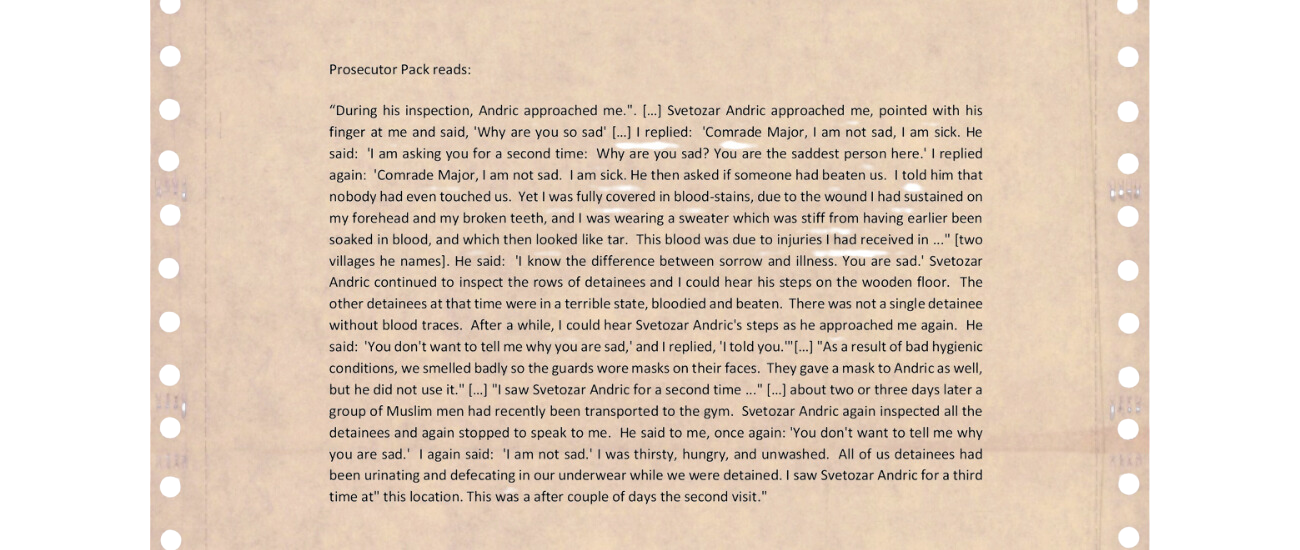
Sušica Camp
On 31 May 1992, Svetozar Andrić issued an order for the establishment of the “Sušica” camp.
The camp was not far from the centre of Vlasenica, in the barracks of the forestry company where the equipment and weapons of the Territorial Defence had been stored before the war. The camp manager, Veljko Bašić, was originally a member of the SJB; later, from mid-June 1992, Dragan Nikolić, known as “Jenki” (Yankee), a member of the Special Police Force and then of the Birač Brigade, was appointed to that position.
The first detainees, among whom were women, children and the elderly, were brought to the “Sušica” camp by members of the army and the police in early June 1992. In the first days, about 1000 Bosnian Muslims were brought to the camp. The women, children and the elderly were soon transported to Kladanj, while the men remained in detention. The women were asked to sign statements that they were voluntarily leaving Vlasenica, and the 20 who refused were held captive in a separate part of the hangar. By the end of June 1992, members of the army and the police had imprisoned about 200 more women and children at the “Sušica” camp.
On average, about 150-200 civilians were held at the “Sušica” camp every day, while between 2000 and 2500 people passed through the camp over a period of four months.
Svetozar Andrić was familiar with the conditions of detention and the actions of the guards towards the detainees, and regularly reported to the superior command about the number of detainees in the camps. Despite this, however, in August 1992 the manager of the Sušica camp, Dragan Nikolić, was from the Special Police Unit to the Birač Brigade.
Starting on 27 June 1992, detainees were transferred in groups to the “Batković” camp in the municipality of Bijeljina, while the women, children and elderly were taken to territories under the control of the Army of BiH. The “Sušica” camp functioned until 30 September 1992.
Conditions of Detention
The prisoners of the “Sušica” camp were kept in inhumane and unhygienic conditions, and the guards often beat, humiliated, harassed and sexually abused them.
Dragan Nikolić, who would claim for himself the role of “Lord and Master, and the Law”, as well as other guards, would beat the prisoners for hours, causing them to lose consciousness or the ability to walk, as well as to suffer other serious injuries. They were beaten with sticks, rods and rifle stock, kicked with military boots, and forced to kneel on gravel or sit in the water for hours.
During the night, women and girls were taken from the camp hangar to other locations, where they were raped and sexually abused in other ways.
Killings of Detainees
At the Sušica camp, many detainees were killed, or died as a result of the beatings.
On September 30, 1992, members of the army and police of the Republic of Srpska took the remaining detainees from the “Sušica” camp out of the hangar and then transported and executed them in groups around Vlasenica. During this operation, between 140 and 150 men were killed. The Crisis Staff of Vlasenica, immediately after learning about this crime, ordered the destruction of all traces of the existence of the camp.
Selection of Documents
"Pelemiši" Camp
The “Pelemiši” camp was located in the place of the same name in the area of responsibility of the Pelemiši Independent Company, under the command of Milorad Pelemiš, of the Šekovići 2nd Infantry Battalion of the Birač Brigade.
Women and girls detained at the “Pelemiši” camp had been separated by members of the Birač Brigade from the convoys in which the residents of Vlasenica and the prisoners of the “Sušica” camp were being transported towards Kladanj to the territory under the control of the Army of BiH.
In the second half of July 1992, members of the Serbian forces stopped a convoy of vehicles transporting civilians to Kladanj in the village of Luke, where the Reconnaissance and Sabotage Platoon of the Drinjača Detachment of the 4th Infantry Battalion of the Birač Brigade was stationed. From the group, they separated about 20 younger women and girls, including one pregnant woman, and they were kept in Luke under the pretext that they would be staying to mow hay.

From August 1992, female detainees were moved to a private house in the town of Pelemiši, which was used as a detention facility. Women and girls were raped there, and many detainees whose names were on the for exchange were killed or are still on the missing persons register. More than ten children were killed in this camp on an unspecified date and under unexplained circumstances.
Srebrenica
In 1993, the UN Security Council declared Srebrenica a area; despite this, Radovan Karadžić, in March 1995, sent the Directive no. 7 to the VRS, by which the Drina Corps were ordered to:
The VRS offensive on Srebrenica began early in the morning on 6 July 1995, with intense and indiscriminate shelling. Members of the Birač Brigade participated in the attacks as part of the temporary 2nd Battalion, with a forward command post in the village of Jasenova.

The VRS and the forces of the RS MUP occupied the enclave of Srebrenica on 11 July 1995, after which the generals, led by Ratko Mladić, triumphantly walked the empty streets.
Between 25,000 and 30,000 Bosnian Muslims, of whom about 5% were of , took refuge at the UN base in Potočari following the fall of Srebrenica. During 12 and 13 July 1995, women, children and elderly people from Potočari were boarded onto buses, which were previously delivered by the VRS. During the boarding, Bosnian Serb forces separated the men they deemed fit for military service, including boys between the ages of 12 and 15, and also old men “who could barely walk.”
Between 10 and 16 thousand men fled to the forests around Srebrenica the day before the fall of the enclave, with the intention of reaching “free territory” under the control of the Army of BiH. No later than 13 July 1995, members of the Drina Corps were engaged in detecting and blocking a column of Srebrenica residents and capturing men and boys who were fleeing towards Tuzla. Until their execution, the captured Bosnian Muslims were held in schools, warehouses and other premises in the area of responsibility of the Bratunac and Zvornik brigades.
On 13 July 1995, the leadership of the Drina Corps was replaced. The previous Chief of Staff, Major-General Radislav Krstić, became Commander, while Colonel Svetozar Andrić was appointed Chief of Staff and Deputy Commander of the Drina Corps.
From 13 July 1995, units of the Drina Corps commanded by Krstić and Andrić participated in mass executions of men and boys from Srebrenica. The machinery and manpower of the Drina Corps were used in the burial of the remains of the killed civilians in several mass graves, as well as in their reburial in secondary mass graves during September and October 1995.
It is estimated that around 8,000 Bosnian Muslims were killed in the Srebrenica enclave in July 1995. 7,017 victims have been identified to date.
Selection of Documents
Prosecution
For the crimes committed during 1992 in the zone of responsibility of the Birač Brigade (municipalities of Zvornik, Vlasenica and Bratunac), the ICTY and the International Residual Mechanism for Criminal Tribunals (IRMCT) convicted the political and state leadership of Republika Srpska. The Commander of the “Sušica” camp, Dragan Nikolić, pleaded guilty before the Trial Chamber of the ICTY and was sentenced to 20 years in prison for crimes against humanity.
The Commander of the Main Staff of the VRS, Colonel-General Ratko Mladić, was sentenced before the IRMCT to life imprisonment for, among other things, war crimes and crimes against humanity committed in the municipality of Vlasenica. Several low-ranking members of the Birač Brigade were sentenced before war crimes courts in Serbia and Bosnia and Herzegovina. Apart from them, no high-ranking officer of the Birač Brigade or the East Bosnian Corps of the VRS has been rendered criminally liable before international or national courts.
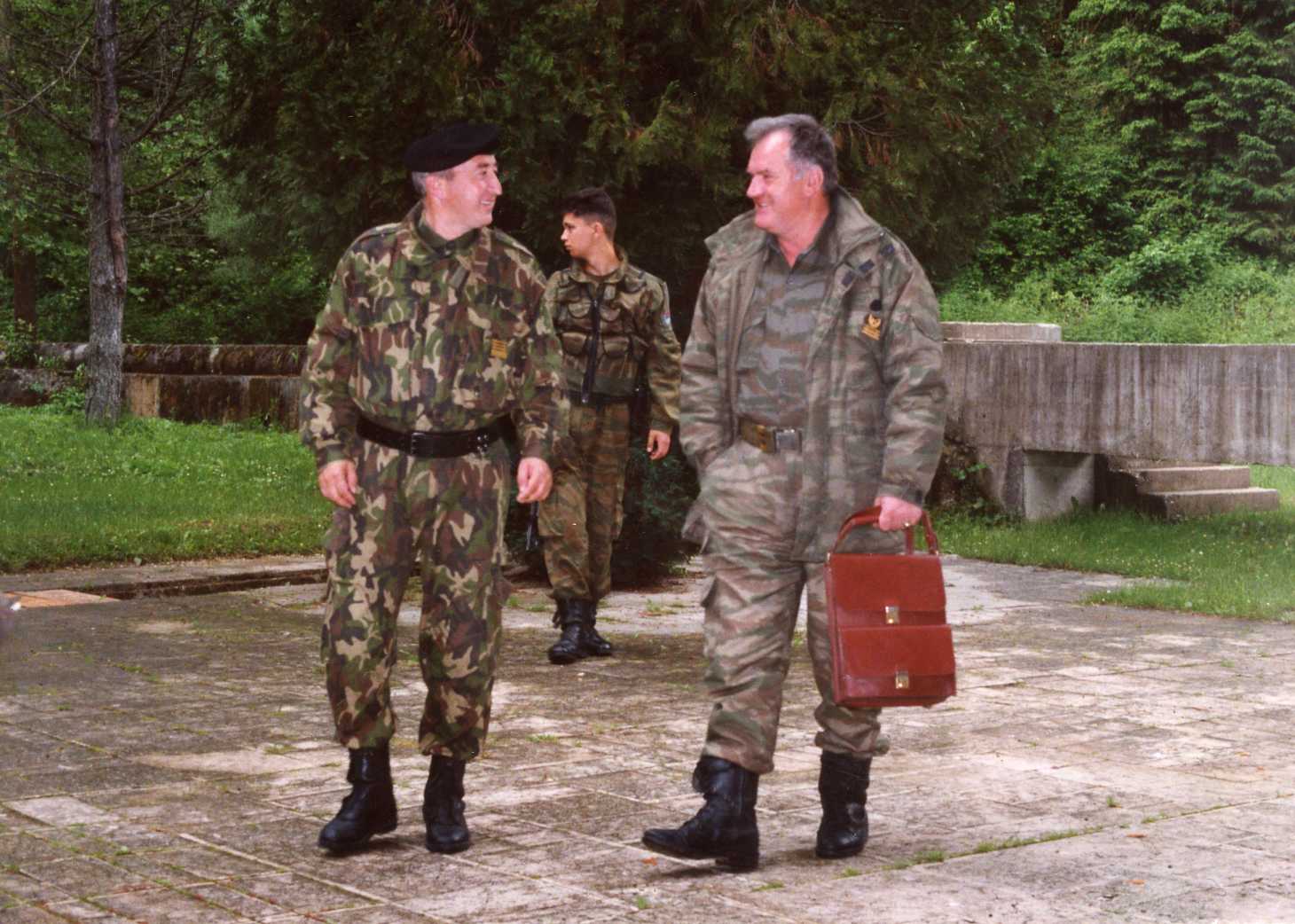
For the crimes committed in Srebrenica, 16 persons were sentenced before the ICTY, including eight officers of the Drina Corps of the VRS (Radislav Krstić, Vujadin Popović, Drago Nikolić, Vinko Pandurević, Vidoje Blagojević, Dragan Jokić, Momir Nikolić, Dragan Obrenović). Seven of these personswere sentenced for genocide or aiding and abetting genocide. In its verdict against Radislav Krstić, the Trial Chamber of the ICTY found that genocide was committed in Srebrenica. So far, over 30 members of the Serbian army and police have been convicted for crimes in Srebrenica before the courts in the region, and several proceedings are still ongoing. Before the High Court in Belgrade, in the Department for War Crimes, proceedings are being conducted against Milenko Živanović, who is accused of ordering and participating in the forced relocation of the civilian population from Srebrenica and other enclaves, in his capacity as Commander of the Drina Corps. Ljubomir Vlačić, who in July 1995 replaced Svetozar Andrić as Commander of the Birač Brigade, has been accused before the Court of Bosnia and Herzegovina of genocide in Srebrenica.
Selection of Documents
Svetozar Andrić
Since 2013, Svetozar Andrić has been active in the political life of the Republic of Serbia. He was elected Deputy-Mayor of the Novi Belgrade municipality in July 2016, after entering the municipal assembly as a member of the Serbian People’s Party. In the 12th convocation of the National Assembly of the Republic of Serbia, held on 3 August 2020, Svetozar Andrić held the position of deputy representing Aleksandar Šapić’s Serbian Patriotic Alliance (SPAS), i.e. the Serbian Progressive Party, after SPAS joined them.
From 18 August 2022, Svetozar Andrić has been in the position of a member of the City Council of the City of Belgrade, as a close associate of the Mayor of Belgrade, Aleksandar Šapić.

